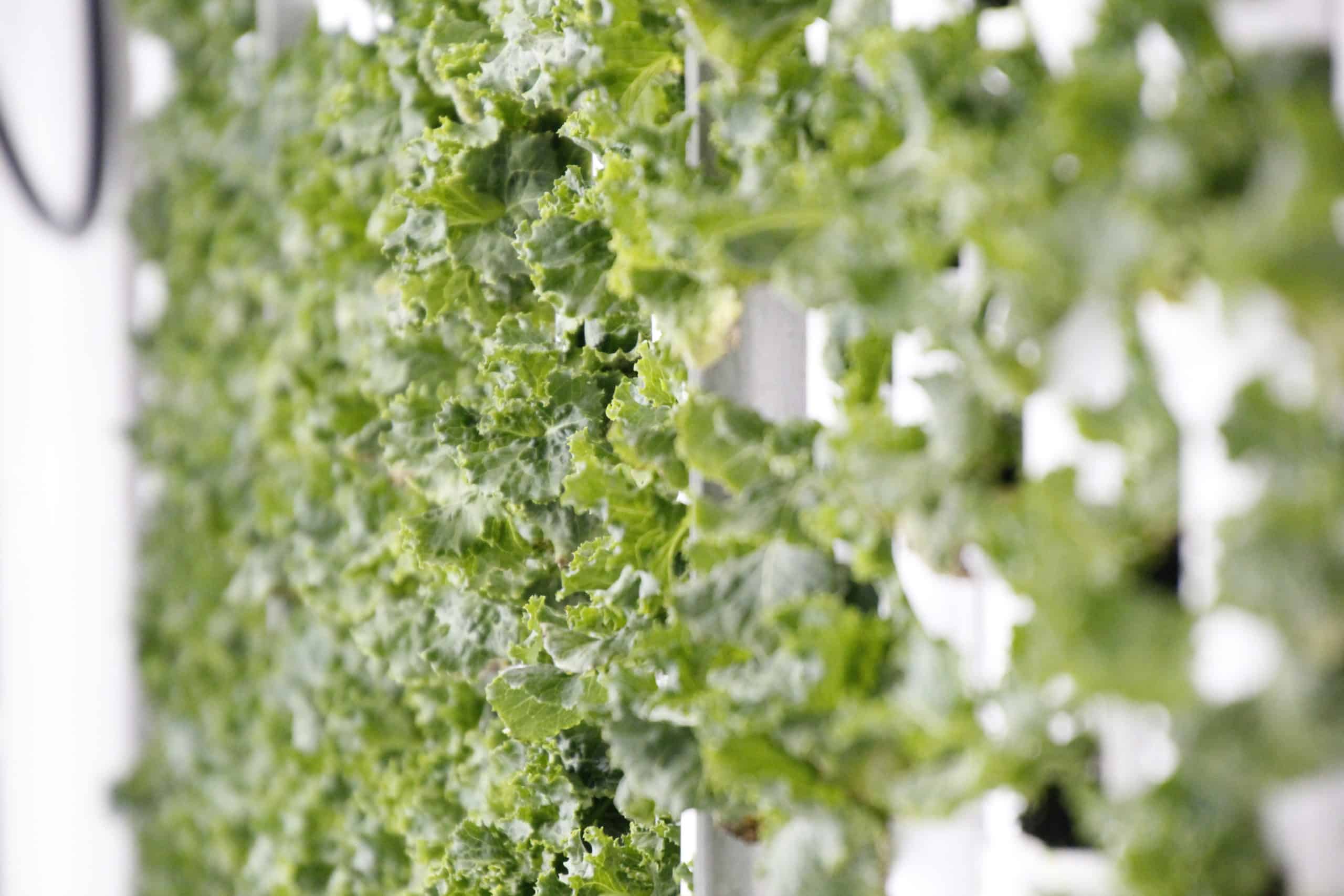A 2010 assessment by the USDA’s Economic Research Service put food waste at the retail and consumer levels at 31 percent of the food supply, equaling approximately 133 billion pounds and $161 billion worth of food. It’s mind-boggling stats like this that leave us with one burning question: Why?
Given our integrated systems and ability to identify efficiencies in the supply chain, it’s hard to fathom how this has come to be. How can this much food be wasted, when there are so many who struggle for access to nutritious food?
Communities are starting to learn that they can take control of their own food supply. Farming year-round in upcycled shipping containers has vegetables growing right in the community they serve, so instead of lettuce (for example) withering away on a truck or in a distribution center, it’s being put on a plate the day it’s harvested.
Talk about decentralization has ramped up in the face of a global supply chain break that has companies and shoppers scrambling. Those who struggled with access to farm-fresh produce prior to the pandemic are much worse off, and there are few signs that the issues are relenting. Meanwhile, food is being wasted at record levels in American homes and restaurants.
So what can be done to reduce the amount of food waste in America? It’s going to take collaboration, innovation and a new way of thinking about how food is sourced. Grocery stores can take a cue from Natural Grocers, which is now placing vertical hydroponic containers right behind their stores, cutting out transportation altogether.
Now, imagine if five businesses in an underserved community came together to buy a container farm: what would the impact be, and how many generations would be affected by a decrease in food insecurity? What if the city government helped facilitate this venture by revamping its code and permitting system to allow for more container farms? What if grant money could help pay for year-round growing operations in low-income areas?
Slowly but surely, it’s happening. The opportunity for further improvement is there for the taking, and assembling the right partners is key.
The Natural Resources Defense Council is using its national Save the Food campaign to try and instill daily behaviors in consumers to put a dent in food waste. Go to https://www.nrdc.org/food-waste to learn more.
Likewise, the Environmental Protection Agency has planning, storage and prep tips on its website to reduce food waste at home, which saves money, reduces methane emissions from landfills, and lowers one’s carbon footprint. Go to https://www.epa.gov/recycle/reducing-wasted-food-home for more information.

